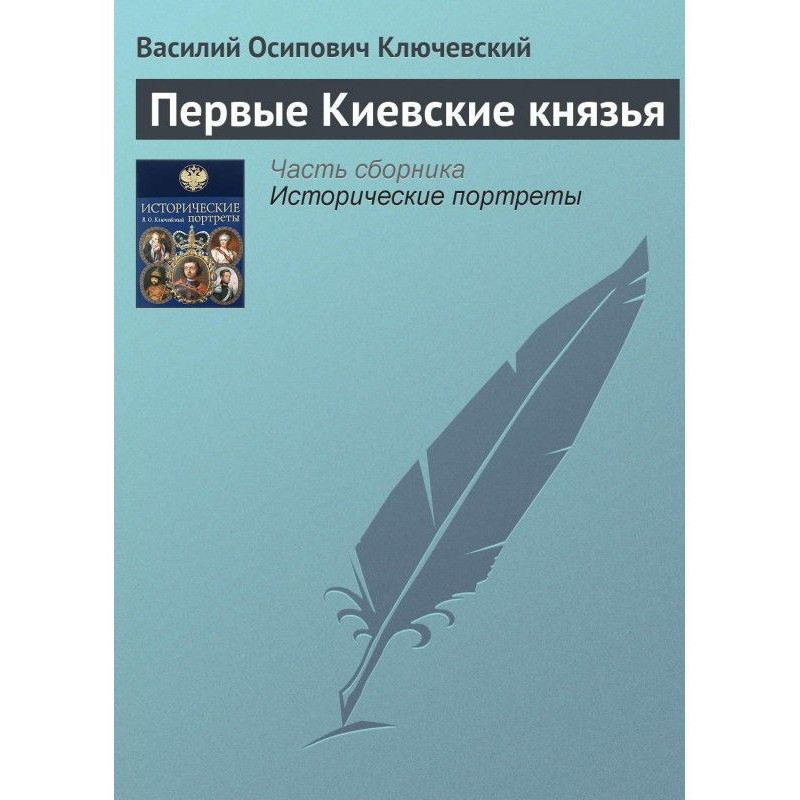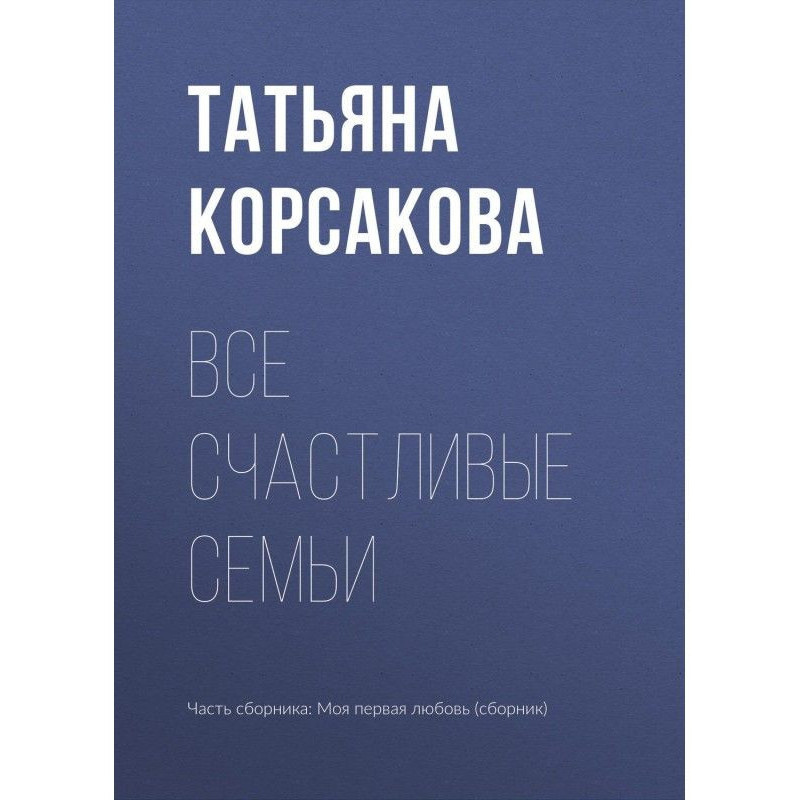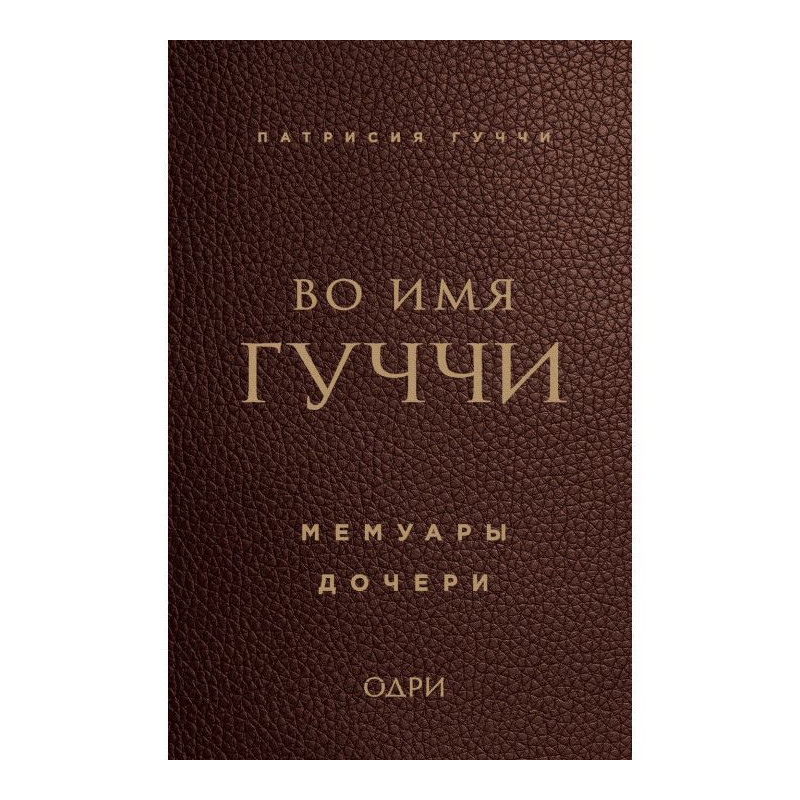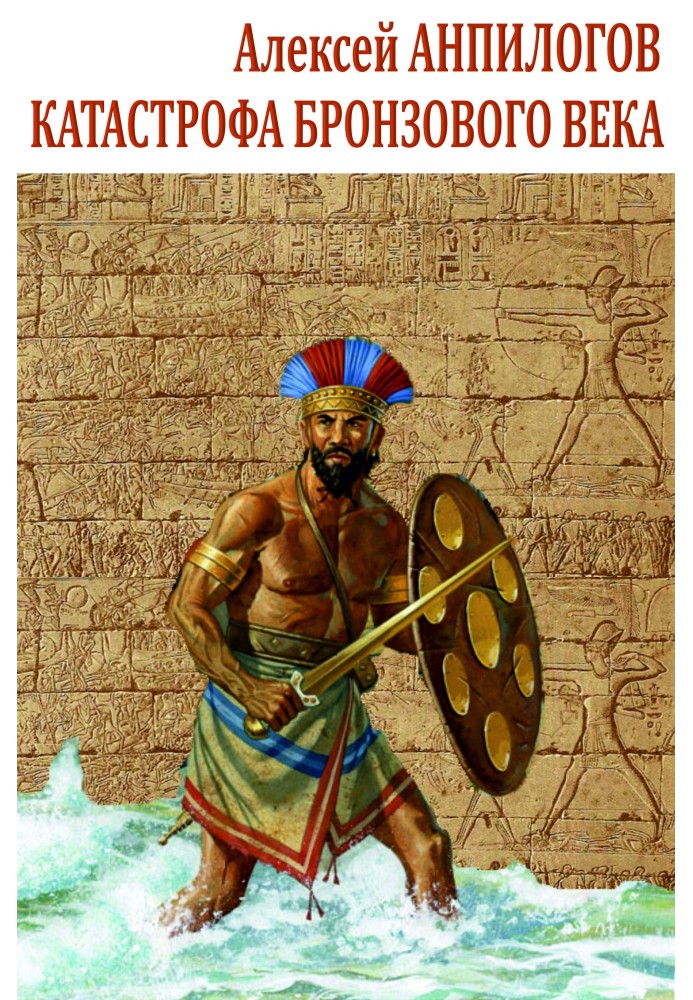Bronze Age disaster
 Instant download
Instant download
after payment (24/7)
 Wide range of formats
Wide range of formats
(for all gadgets)
 Full book
Full book
(including for Apple and Android)
The Bronze Age Catastrophe or Bronze Collapse is the term used by archaeologists and historians to describe the transition from the Bronze Age to the Iron Age in the ancient Near East and Eastern Mediterranean. In this region, the change of eras was associated with catastrophic changes in the social structure, the loss of many traditions, including writing, and the destruction of all large states and many cities of that time. A period of “Dark Ages” begins over a large area (in Greece the period is known as the Greek Dark Ages). In the period 1206-1150. BC e. the invasion of the "peoples of the sea", the collapse of the Mycenaean kingdoms, the Hittite kingdom in Anatolia and Syria and the end of the dominance of the Egyptian Empire in Syria and Canaan led to the extinction of trade routes and a decline in literacy (and therefore the Mycenaean linear and Luwian writing disappeared). At the first stage of this period, almost every city between Troy and Gaza was destroyed and often after that was no longer inhabited: for example, Hattusa, Mycenae, Ugarit were abandoned. Civilizationally and technologically, the disaster led to significant regressive phenomena in all areas of life and material culture. Painting and shipbuilding, weaving and architecture, metalworking and water supply would be set back many years and only revived about a thousand years later during the Late Archaic period. Thus, the myth about the death of the king of Crete Minos in the bathtub from hot water released by the king of Sicily was considered an exaggeration even in the Hellenistic period. It was only in Roman times that swimming pools with pipes separately for hot and cold water appeared. The multi-storey palaces of Knossos and Phaistos, the stone houses of the townspeople and the sewerage systems of the cities of Santorini and the islands of Ionia, huge non-residential buildings discovered in Cyprus and Sicily - all this still requires comprehension by future historians. A series of articles by Alexei Anpilogov describes the events that took place.
Data sheet
- Name of the Author
- Алексей Анпилогов Евгеньевич
- Language
- Ukrainian











